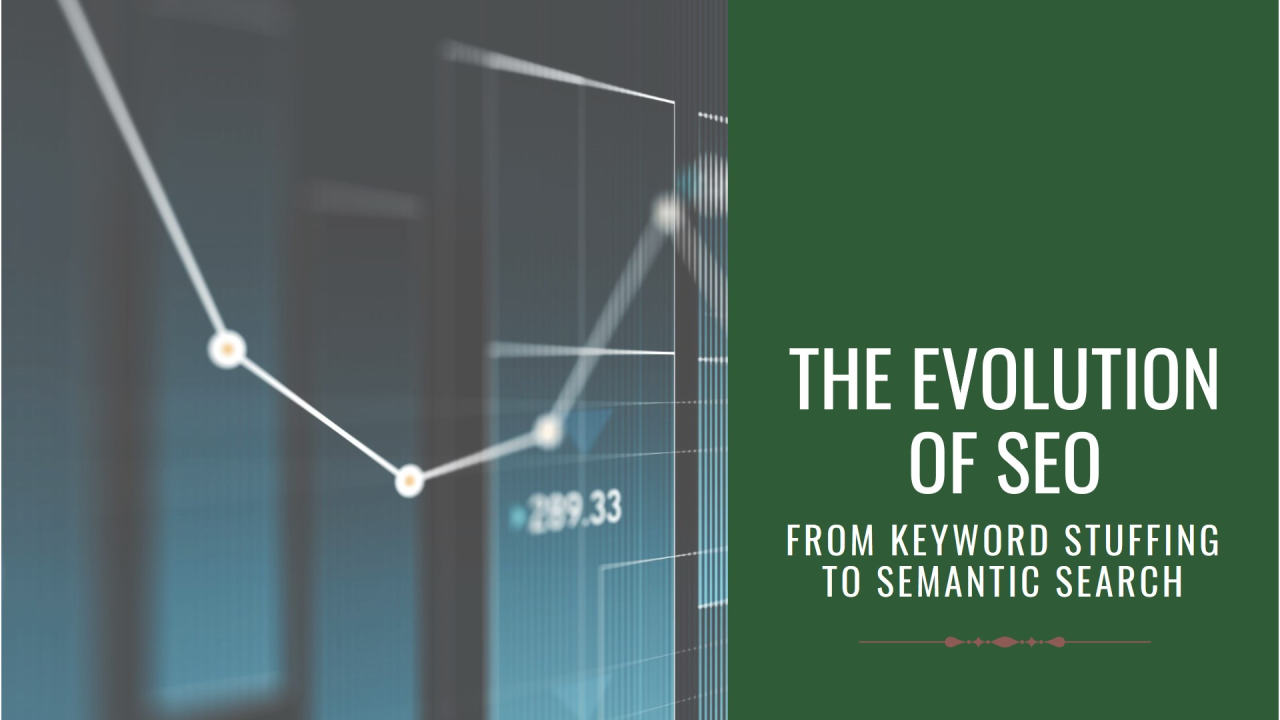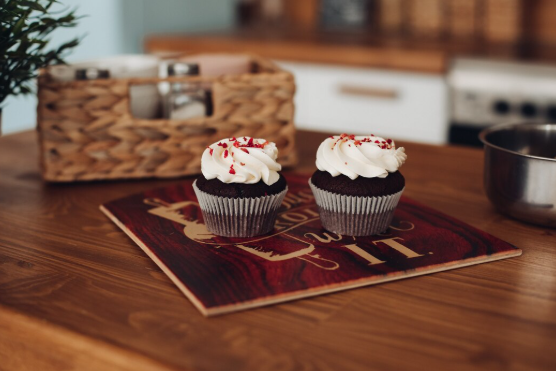In recent years, the drive for sustainable construction has become more than just a trend—it’s now a fundamental part of responsible building. With regulations tightening and developers under pressure to reduce carbon impact, the materials used in new builds and renovations are under the spotlight. VulcaLap® is a modern cladding solution that’s gaining attention for both its durability and its contribution to eco-friendly building practices.
But how exactly does VulcaLap® support sustainable design? In this article, we’ll explore the key ways this cladding system is helping architects, builders, and property owners reduce environmental impact without compromising on performance or aesthetics.
What Is VulcaLap®?
VulcaLap® is a cladding system available in aluminium and timber options, designed for a wide range of architectural applications. It’s commonly used on residential, commercial, and public buildings for both rainscreen and decorative purposes.
The system is known for its clean lines, modern appearance, and strong weather resistance. But beyond the look and performance, VulcaLap® is also being chosen for its environmental benefits.
1. Recyclable and Sustainable Materials
One of the core strengths of VulcaLap® is that it uses materials that support sustainability from the start. The aluminium profiles used in VulcaLap® cladding are 100% recyclable. Unlike some other materials that degrade in quality when reused, aluminium can be recycled over and over again without losing its strength or appearance.
This contributes to the circular economy—a principle that’s central to eco-friendly construction. Rather than creating waste that ends up in landfill, recyclable cladding materials like aluminium reduce the environmental burden and help conserve natural resources.
If you choose VulcaLap® in timber, you’re also opting for a renewable material. Responsibly sourced timber, such as FSC-certified options, can be regrown over time, making it a viable long-term solution for sustainable building.
2. Low Maintenance Reduces Environmental Impact
VulcaLap® is designed to be low maintenance. This might not seem like a major environmental factor at first, but it plays a key role over the building’s lifespan.
Cladding that needs frequent painting, sealing, or chemical treatment adds to a building’s overall carbon footprint. In contrast, VulcaLap® aluminium profiles have high resistance to corrosion, weathering, and UV exposure. They don’t require repainting or harsh chemical cleaning products, which means fewer resources are used over time.
By reducing maintenance needs, you also reduce transport emissions (less need for contractors or maintenance teams) and cut down on the use of non-eco-friendly products.
3. Long Lifespan and Durability
Eco-friendly building isn’t just about using green materials. It’s also about building to last.
VulcaLap® cladding is built for long-term performance. Its resistance to weather, pests, warping, and rot means fewer replacements or repairs are needed, and fewer materials are wasted in the long run.
Buildings that require less renovation or early replacement naturally have a smaller environmental footprint. The longer your materials last, the less demand there is for raw resources, transport, energy, and waste management.
This makes VulcaLap® an excellent choice for developers looking to meet BREEAM, LEED, or other sustainable building certification goals.
4. Improved Thermal Efficiency with Ventilated Façades
When installed as part of a ventilated façade system, VulcaLap® can also contribute to better thermal performance in a building. By allowing airflow between the cladding and the main structure, these systems reduce heat gain in summer and help retain warmth in winter.
This creates a more stable internal temperature, reducing the need for constant heating or air conditioning—two of the biggest contributors to energy use in buildings.
While the cladding itself isn’t an insulator, it supports systems that improve building efficiency. In modern construction, every small improvement helps achieve overall energy savings.
5. Supporting Sustainable Design and Planning
More architects and developers are looking for materials that support sustainable design principles. VulcaLap® offers flexibility in design without compromising green credentials.
The profiles are available in a wide range of colours, finishes, and sizes. Whether you want a timber-effect aluminium for a natural look or a sleek, powder-coated finish for a modern façade, the versatility of VulcaLap® allows you to meet both design and sustainability targets.
Its ease of installation also reduces time on site, which can help cut down construction waste and energy consumption during the build process.
Is VulcaLap® Right for Your Project?
If your project prioritises eco-conscious building, VulcaLap® is worth serious consideration. It strikes the balance between aesthetics, performance, and environmental responsibility. Whether you’re working on a commercial development, housing scheme, or public facility, this cladding system ticks a lot of boxes for modern, sustainable design.
Key reasons to choose VulcaLap® include:
- Use of recyclable or renewable materials
- Long lifespan with minimal maintenance
- Contribution to building energy efficiency
- Low-impact manufacturing and reduced waste
- Strong alignment with sustainable building certifications
By choosing the right materials at the design stage, you can significantly reduce a building’s lifetime environmental footprint—and that starts with systems like cladding.
Conclusion
As the demand for eco-friendly building solutions grows, cladding systems like VulcaLap® are becoming essential in sustainable construction. With its use of recyclable aluminium, responsibly sourced timber, and long-lasting design, VulcaLap® offers a clear path to reducing environmental impact without sacrificing quality or visual appeal.
For developers, architects, and property owners looking to align with green building practices, VulcaLap® is a smart, future-ready cladding solution.
If you’re planning a new build or refurbishment and want to discuss sustainable cladding options, speak to our team today. We’re here to help you choose systems that meet both your design goals and your environmental standards.
Stay in touch to get more updates & alerts on Baddieshub! Thank you




